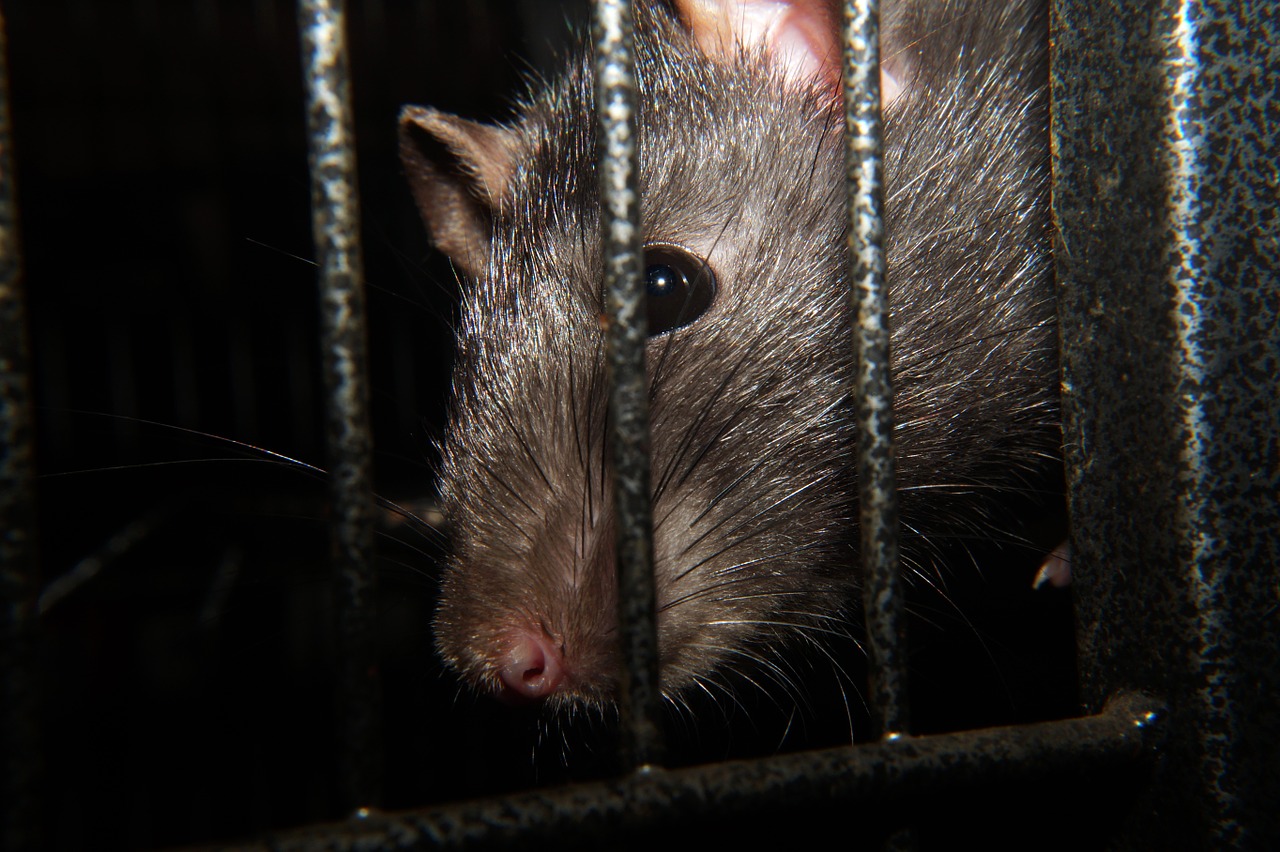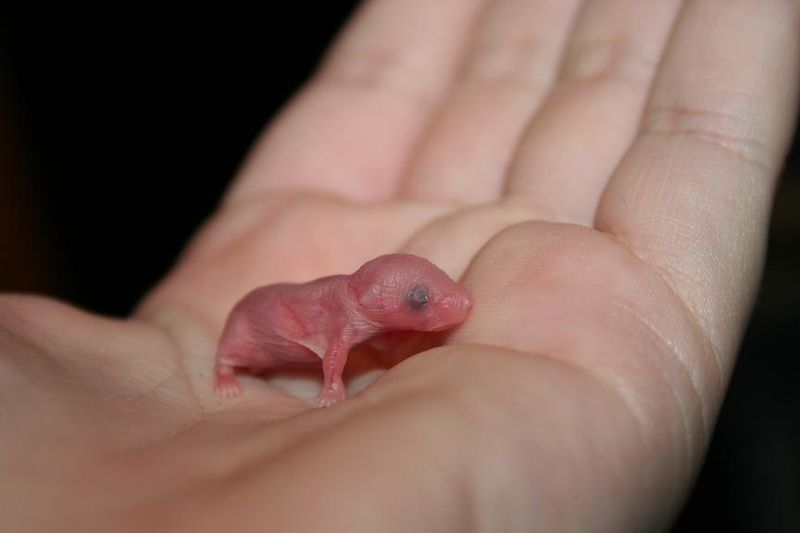What Is a Rat Feeder Breeder?

Buying rats can be the best experience in the world; however, it’s all based upon the breeder that you obtain the animals from. A proper breeder will offer healthy, happy animals who will bond wonderfully to their new owners, with exceptional personalities that are not prone to aggression. On the flip side, poor quality breeders like feeder breeders could turn your rat owning experience into one of your worst nightmares.
What Is a Rat Feeder Breeder?
 Feeder breeders are rat breeders who produce rats in quantity rather than quality for the purpose of feeding predator pets. These pets might include snakes or large lizards, who require larger rodents as prey. They do not care about the health, disposition, or appearance of their animals at all. As a matter of fact, most feeder breeders abuse their animals in a variety of ways. They feed the rats low quality diets, keep them in tiny rat rack bins (see video at the bottom of this post for an example) on cedar or wood chip bedding (imagine a dark shoebox that 3 rats and their litters share), leave animals in sickly or poor shape, toss them around by their tails, and never offer social interaction. They tend to also treat the animals poorly physically, as they see the rats as nothing but food for another animal. These breeders NEED to be shut down, heavily fined, and jailed. However, many justice systems don’t seem to believe rats deserve the same animal rights, since they are “feeder animals.
Feeder breeders are rat breeders who produce rats in quantity rather than quality for the purpose of feeding predator pets. These pets might include snakes or large lizards, who require larger rodents as prey. They do not care about the health, disposition, or appearance of their animals at all. As a matter of fact, most feeder breeders abuse their animals in a variety of ways. They feed the rats low quality diets, keep them in tiny rat rack bins (see video at the bottom of this post for an example) on cedar or wood chip bedding (imagine a dark shoebox that 3 rats and their litters share), leave animals in sickly or poor shape, toss them around by their tails, and never offer social interaction. They tend to also treat the animals poorly physically, as they see the rats as nothing but food for another animal. These breeders NEED to be shut down, heavily fined, and jailed. However, many justice systems don’t seem to believe rats deserve the same animal rights, since they are “feeder animals.
Signs of a Feeder Breeder

Wooden shavings can be dangerous for pet rats. Cedar shavings are toxic and deadly. Pine and other wood shavings can contain large amounts of dust, and may cause potentially severe respiratory distress depending on the animal’s sensitivity.
A feeder breeder has quite a few signs that will send off a red flag. First, ask for photos of the cages, with the available rats in the photos. Inspect the bedding and cages within the photo. Do you see wood chips? Awful aquariums? Hamster cages? Empty food/water? Any of these are negative signs. Another red flag is that the breeder has more than 2 litters available at ALL times. Many breeders breed 2 or 3 rats in tandem, but on in breeding “waves”. A wave might occur once every 3 months; rather than a continuous stream of babies. This ensures each kit gets socialization and that every kit finds a home BEFORE more are bred. With feeder breeders, they have a much higher demand; and unfortunately, they can and will freeze infant rats (called pinkies) if demand is slow. This allows them to still make a profit in the future. When meeting the rats, you will notice that a majority of them will act as if they’ve never been touched by humans before; this is because they were never seen as anything more than a quick buck. If you wind up with sick or injured animals, know that this is a common issue with a feeder breeder. Since the poor things are being bred to become food, these breeders just simply don’t care about whether or not the kits are healthy. If you have feeder rats, you may also notice that as they age, they quickly begin to produce tumors.
What is the BEST Way to Make Sure a Breeder IS NOT a Feeder Breeder?
 If you would like to make sure a breeder is not a feeder breeder, try sending an anonymous message. Ask them if you can purchase a few rats “for your snakes”; let them know you’d like to buy in bulk every week. This is seen as a very profitable opportunity that for-profit breeders would have a hard time turning down. If they accept the offer, then you know better than to adopt their animals; tell everyone you know as well! They may be secretive about their feeder sales. If the breeder is in fact genuine, and will not sell feeder animals, be prepared to get some very dirty words in return. Some breeders are sickened by people who ask that question; but they don’t realize that some of those people are simply testing the waters for adoption!
If you would like to make sure a breeder is not a feeder breeder, try sending an anonymous message. Ask them if you can purchase a few rats “for your snakes”; let them know you’d like to buy in bulk every week. This is seen as a very profitable opportunity that for-profit breeders would have a hard time turning down. If they accept the offer, then you know better than to adopt their animals; tell everyone you know as well! They may be secretive about their feeder sales. If the breeder is in fact genuine, and will not sell feeder animals, be prepared to get some very dirty words in return. Some breeders are sickened by people who ask that question; but they don’t realize that some of those people are simply testing the waters for adoption!
Have You Had An Experience with a Feeder Breeder Before?